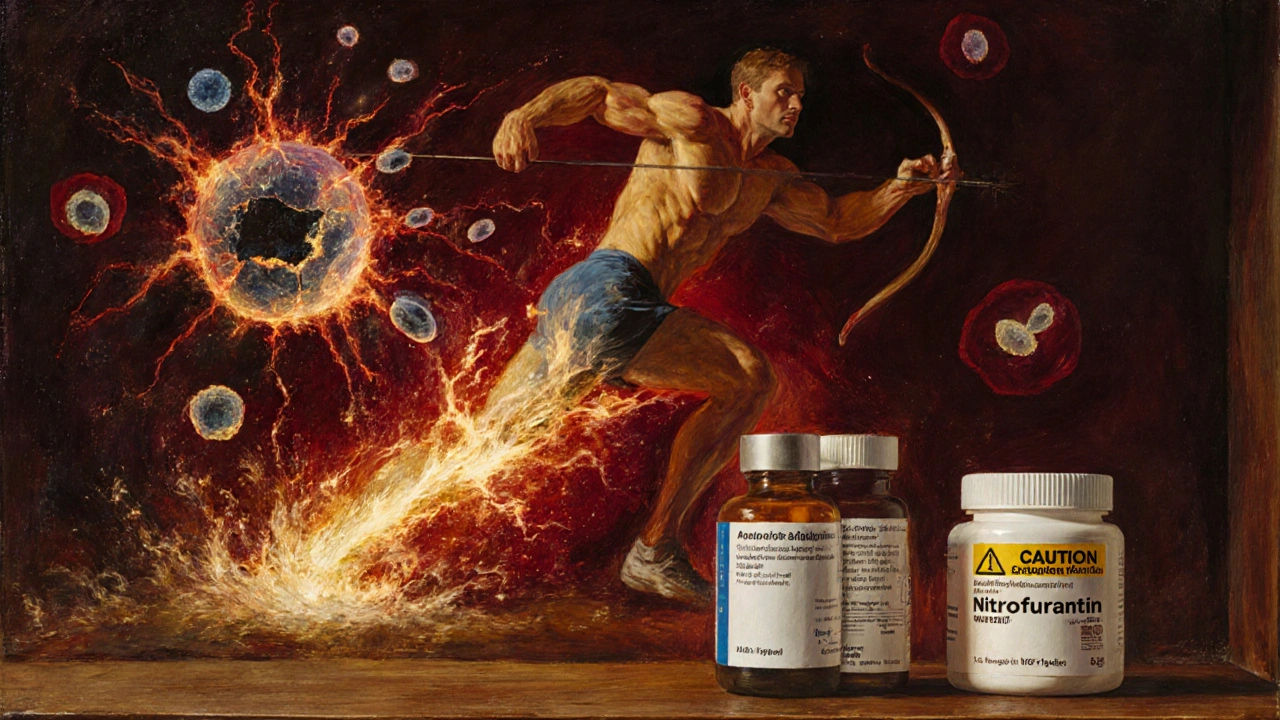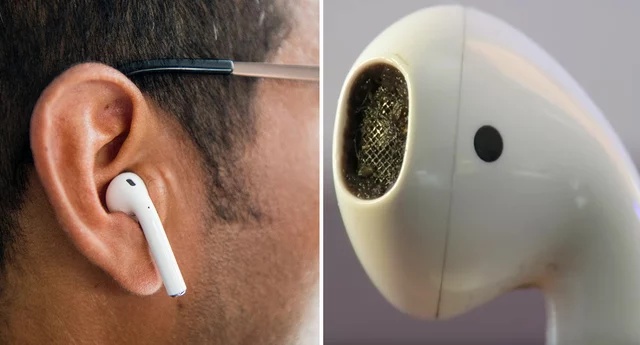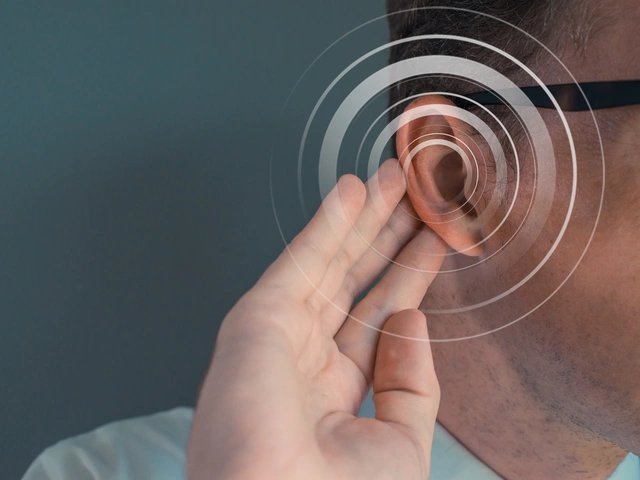Fluoroquinolone Tendon Risk Assessment Tool
Personalized Tendon Risk Assessment
Based on CDC and FDA safety guidelines for fluoroquinolone antibiotics
Every year, millions of people take fluoroquinolone antibiotics like ciprofloxacin and levofloxacin for infections - urinary tract infections, pneumonia, sinus infections. They work fast. They’re effective. But for a small but dangerous group, these drugs can trigger something far worse than a stomach upset: a sudden, painful tear in their tendon. And it doesn’t always happen while they’re still taking the pill.
It’s Not Just a Side Effect - It’s a Silent Emergency
Fluoroquinolones don’t just kill bacteria. They can also start breaking down your tendons. The Achilles tendon, the thick cord at the back of your ankle, is the most common target. In fact, nearly 90% of reported cases involve this one tendon. And it’s not just pain. It’s a rupture - a complete snap - that can leave you unable to walk, let alone run or climb stairs.
What makes this especially scary is how fast it can happen. For many, symptoms start within days - sometimes just 48 hours after starting the antibiotic. One case documented in medical literature showed tendon pain beginning within two hours. And here’s the twist: the rupture can happen even after you’ve finished the course. Up to half of all tendon injuries linked to these drugs occur weeks or months after the last pill.
Who’s at Real Risk? It’s Not Everyone
Not everyone who takes ciprofloxacin will tear a tendon. But some people are in the danger zone - and they might not even know it.
- Age 60 and older: Your tendons naturally lose elasticity as you age. Add fluoroquinolones, and the risk jumps. People over 80 are more than 20 times more likely to suffer a rupture than younger adults.
- On corticosteroids: If you’re taking prednisone or another steroid - even a short course - for arthritis, asthma, or an autoimmune condition, your risk skyrockets. Studies show the chance of rupture increases by 46 times when these drugs are combined.
- Diabetes or kidney disease: These conditions already stress your body’s repair systems. Fluoroquinolones make it harder for your tendons to recover from normal wear and tear.
- History of tendon problems: If you’ve had tendinitis before, you’re more likely to have it again - and worse - with these antibiotics.
Women appear to be slightly more affected than men, though doctors still aren’t sure why. And while most cases happen in older adults, there are reports of ruptures in younger, active people - especially athletes or those who suddenly increase physical activity while on the drug.
The Drugs Most Linked to Tendon Damage
Not all fluoroquinolones are created equal. Based on global safety data from VigiBase, the most common culprits are:
- Levofloxacin - 50% of reported cases
- Ciprofloxacin - 38% of cases
- Moxifloxacin - 5% of cases
These are the ones you’re most likely to be prescribed. Ciprofloxacin is still one of the most common antibiotics in the U.S., with over 25 million prescriptions written annually. That’s a lot of people exposed to a risk that’s often overlooked.
How It Happens - The Science Behind the Tear
Fluoroquinolones don’t just cause inflammation. They interfere with how your tendon cells work at a molecular level. Research shows they:
- Trigger cell death (apoptosis) in tendon tissue
- Disrupt mitochondrial function - your cells’ energy factories
- Block the action of topoisomerase II, an enzyme needed for DNA repair
- Bind to magnesium and calcium, which are critical for tendon structure and signaling
This isn’t just a chemical reaction - it’s a slow-motion breakdown. The tendon weakens over time, often without obvious symptoms until it snaps. That’s why pain - even mild - shouldn’t be ignored.

What to Do If You Feel Pain
If you’re taking a fluoroquinolone and you feel any of these:
- Pain or swelling in a tendon (especially the Achilles, shoulder, or hand)
- Stiffness or tightness that doesn’t go away
- A popping or snapping sensation
Stop the medication immediately. Don’t wait. Don’t think it’s just muscle soreness. Call your doctor. Get the tendon evaluated. Rest. Ice. Immobilize. Continuing to move on a damaged tendon can turn a strain into a full rupture.
Doctors are now trained to treat this as an emergency. The UK’s MHRA and the U.S. FDA both say: discontinue the drug at the first sign of tendinitis. And if you’re on steroids, you shouldn’t be on fluoroquinolones at all. Period.
Why Some Studies Say It’s Not a Big Deal
You might have seen headlines claiming fluoroquinolones aren’t linked to tendon ruptures. A 2022 Japanese study of 504 patients found no significant connection. So which is it?
The truth? Science isn’t always black and white. That Japanese study used a different method - comparing patients to themselves over time - and focused only on third-generation fluoroquinolones. Other large studies, including one tracking 6.4 million people in the UK and another following 357,000 in Taiwan, found clear, statistically significant risks. The Taiwan study showed fluoroquinolone users had more than 40% higher rates of tendon disorders than those who didn’t take them.
The disagreement doesn’t mean the risk isn’t real. It means some populations - maybe younger, healthier people - might be less vulnerable. But for those with risk factors? The data is overwhelming.
What’s Changed Since 2008
In 2008, the U.S. FDA added a black-box warning - the strongest possible - to fluoroquinolone labels. It said: these drugs can cause tendon rupture that may be permanent.
Since then, things have gotten stricter:
- The UK’s MHRA now says fluoroquinolones should only be used for serious infections when no other antibiotic will work.
- The European Medicines Agency banned their use for simple infections like sinusitis or bronchitis in 2018.
- The Infectious Diseases Society of America now lists fluoroquinolones as third-line options - only after safer antibiotics fail.
And yet, they’re still prescribed too often. For a simple UTI? Amoxicillin or nitrofurantoin are safer. For a sinus infection? Amoxicillin-clavulanate or doxycycline. Fluoroquinolones should be the last resort - not the first.

What You Can Do Now
If your doctor prescribes a fluoroquinolone, ask:
- Is this the only option?
- Have you considered alternatives?
- Am I at higher risk because of my age, medications, or health conditions?
If you’re already on one, pay attention to your body. Don’t push through pain. Don’t assume it’s just from exercise. And if you’ve had a tendon injury before - tell your doctor. It matters.
Most importantly: if you feel tendon pain, stop the drug and get help. That small delay could mean the difference between physical therapy and surgery.
Alternatives to Fluoroquinolones
For most common infections, safer antibiotics exist:
- UTIs: Nitrofurantoin, trimethoprim-sulfamethoxazole, fosfomycin
- Sinus infections: Amoxicillin-clavulanate, doxycycline
- Pneumonia: Macrolides (azithromycin), doxycycline, amoxicillin
- Skin infections: Cephalexin, clindamycin
These drugs have their own risks - but none carry the same level of tendon danger.
Final Thought: Trust Your Body More Than the Pill
Antibiotics save lives. But they’re not harmless. Fluoroquinolones are powerful - and powerful things can break things you didn’t know were fragile. Your tendons aren’t just connective tissue. They’re your movement. Your independence. Your ability to live without pain.
If you’re prescribed one of these drugs, don’t just take it. Ask. Listen. Watch. And if something feels wrong - don’t wait for it to get worse. Act now.







Comments(10)